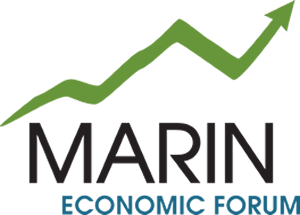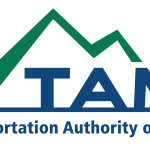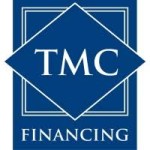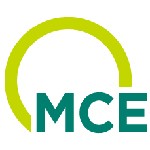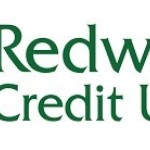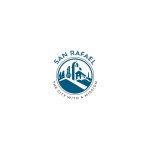Drought and Thinking Beyond Agriculture

Governor Brown held a press conference on April 2 to announce an order he was making to all cities and towns (implied all areas of California, including unincorporated areas) to reduce water use by 25 percent. This order was made as a reaction to low snowpack that remains in the Sierra Nevada Mountains as of April 1, and also to the general drought conditions in California. Last year, Marin Economic Forum and Dominican University of California’s Barowsky School of Business hosted an event where the economics of a drought were discussed. Conservation was part of that discussion, as was residential behavior in our landscape choices. The conclusion is there is no surefire way to get people to conserve on water. In short, Governor Brown ordered replacement of millions of square feet of lawns for more resistant landscapes. He also discussed rebate programs to use water-efficient appliances and fixtures in homes and commercial spaces. Water use will be reduced at UC and CSU campuses; new homes and developments will have to use recycled water.
As part of his announcements, Governor Brown ordered local water districts to use “conservation pricing,” to penalize overuse of water. Pricing alone will not necessarily reduce water use, but it could stimulate innovation because the higher water costs increase the ROI of using water-saving devices that allow for similar behavior otherwise. However, as water prices rise, two things will likely happen. First, the cost of using water will go up, whether you rent or own your home. Landlords will price water rate hikes through in new rents, and renters need to prepare for such an outcome. In this way, drought acts like a regressive tax; lower income workers and residents will now pay a higher percentage of their income for water based on the rate increase, which will act like an increase in a consumption tax (such as sales taxes).
Second, water prices rising will increase the cost of food. This is not only a function of potential smaller harvests in California’s valleys. Local food and beverage manufacturers need water as inputs for what they do as everyday business. This means coffee house, bakery, brewery, winery, restaurant, cheese maker, and many other business prices will rise to cover the new costs of water in their supply chains. This is a second way that drought acts as a regressive tax; food prices rising in raw (reduced harvests) and assembled (most of what we buy beyond raw fruits, vegetables and grains) forms increases the percentage of income used to buy food for lower-income workers.
To me, this supply-chain issue is the scary, long-term issue of drought. The agricultural areas in California have already begun to react by changing crops and thinking strategically about what works in a water-poor environment and what does not. From harvest to mouth are a lot of businesses that will feel the rising cost of water through most of their vendors.
Innovation is needed here. Marin County, a place where water has a wild history and presently is a great place to experiment with water-saving innovations, is finally listening to our water districts and thinking long-term about solutions and water independence. You may have to lose your lawn over this, but that may be a good thing; it will keep fruit and vegetables affordable and not exacerbate a rising cost of living and further burden many of the workers that serve Marin County residents daily.
